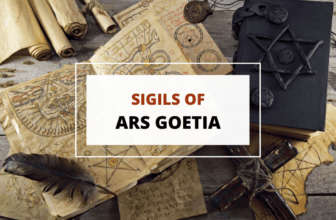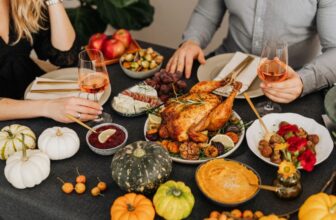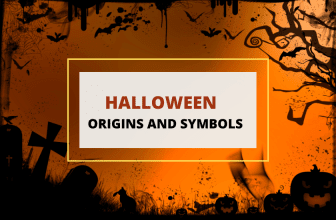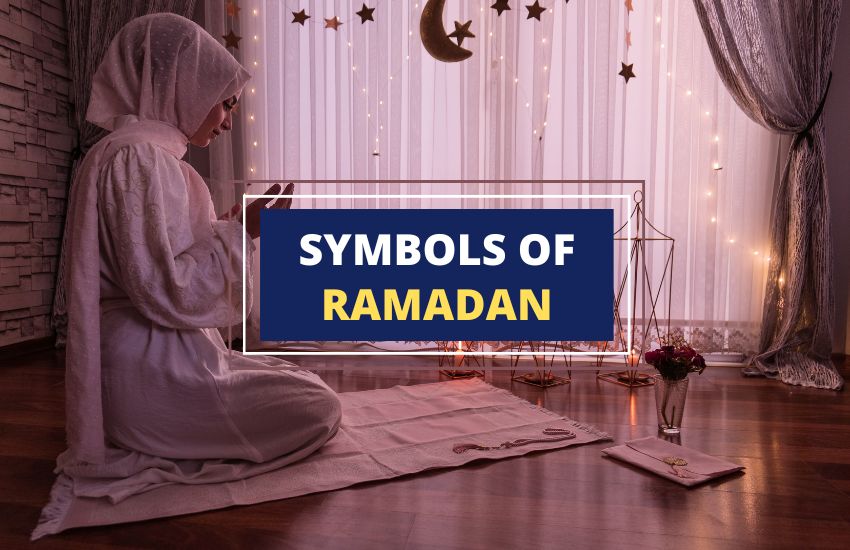
Table of Contents
Ramadan is a month-long Islamic holy observance celebrated by millions of people worldwide. During this time, Muslims fast from dawn to dusk, pray, and reflect on their spirituality. Along with fasting and prayer, Ramadan is also marked by various symbols and traditions that hold significant cultural and religious significance.
These symbols serve to remind individuals of the spiritual significance of the occasion and create a sense of unity and community among Muslims worldwide. From the crescent moon to the lanterns, each symbol is imbued with unique meaning and history. In this article, we’ll explore some of the essential symbols of Ramadan and their cultural significance.
1. Zamzam Water
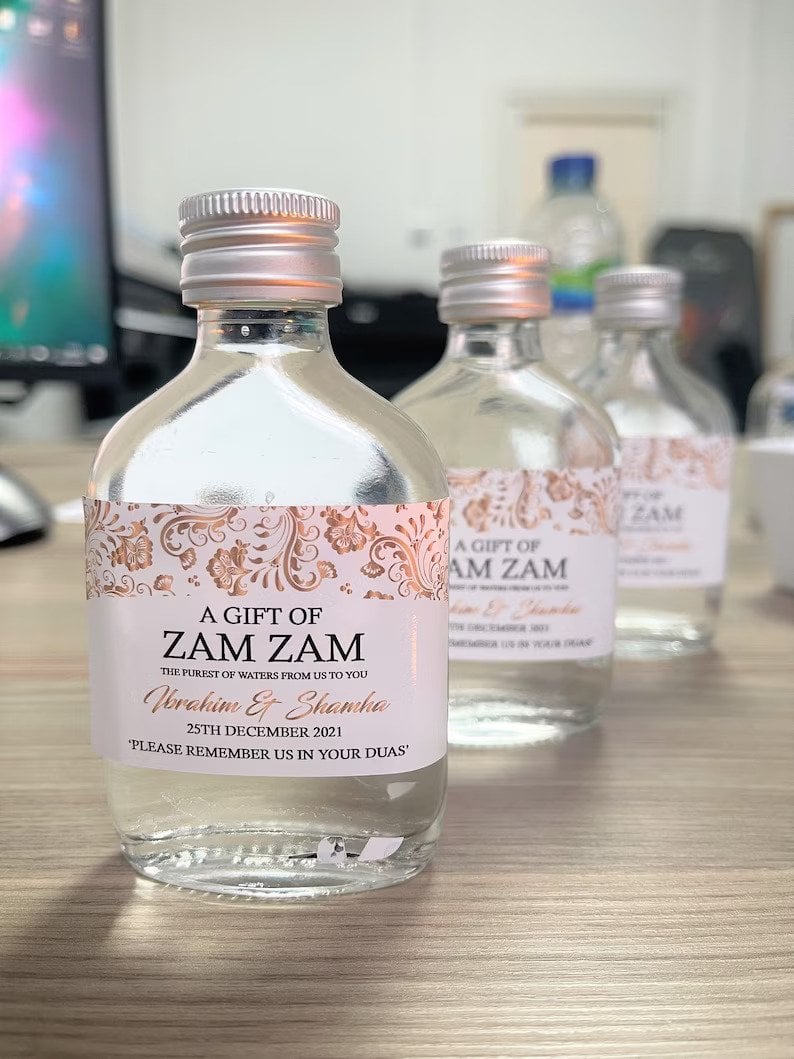
Zamzam water symbolizes Ramadan and holds great significance for Muslims worldwide. According to Islamic tradition, the well of Zamzam was created by Allah for the Prophet Ibrahim and his son Ismail in the desert of Mecca.
The story goes that Ismail was crying out of thirst, and his mother, Hajar, ran back and forth between two hills looking for water. Allah caused a spring of water to gush forth from the ground.
During Ramadan, Muslims seek to emulate the sacrifice and devotion of Prophet Ibrahim and his family by drinking Zamzam water as a reminder of their faith and gratitude. Many believe that Zamzam water has miraculous healing properties and can provide spiritual benefits.
2. Zakat
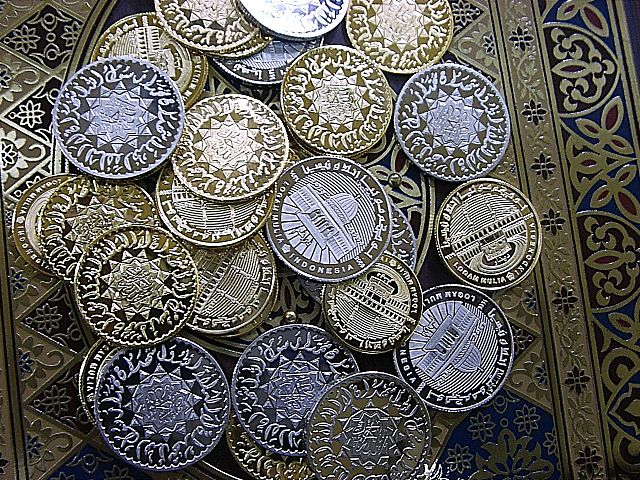
Zakat is an obligatory charity given by Muslims who have reached a certain level of wealth and distributed it to those in need within their community. During Ramadan, Muslims seek to purify their souls and show compassion towards others, and Zakat plays an essential role in achieving this goal.
Zakat is a way of giving back to the community and showing gratitude for one’s blessings. Zakat reminds us of why it’s important to help others and the spirit of generosity at Islam’s heart.
Through Zakat, Muslims are mindful of those less fortunate than themselves and strive for social justice and equality.
3. Tasbih
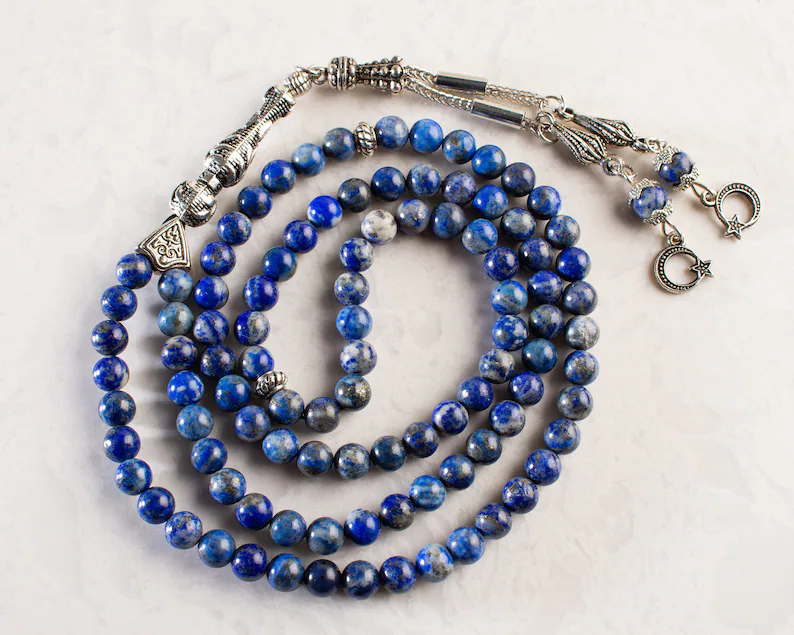
Tasbih is a symbol of Ramadan that holds a unique place in the hearts of Muslims worldwide. It’s a form of Dhikr or remembrance of Allah, where Muslims recite the phrase “Subhanallah” (Glory be to Allah) or other praises of Allah.
Tasbih is often used during Ramadan to increase spiritual connection and mindfulness during this holy month. Tasbih is a way of purifying the heart and mind and seeking forgiveness from Allah.
It’s believed that reciting Tasbih can bring about inner peace and tranquility and help Muslims focus on their spirituality and relationship with Allah.
4. Taraweeh Prayers
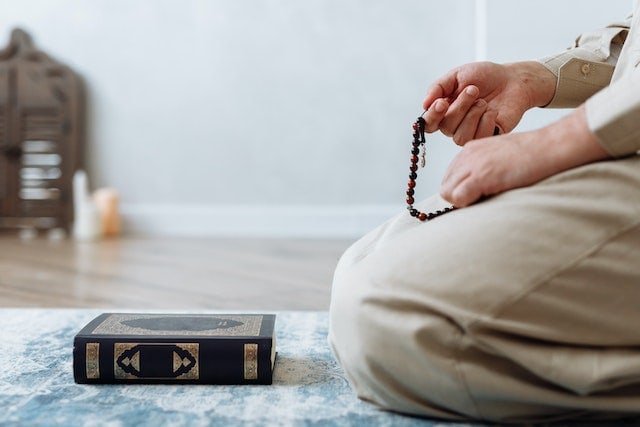
Taraweeh prayers are a symbol of Ramadan and millions of Muslims worldwide practice them during the holy month. Taraweeh prayers are an additional prayer performed by Muslims during Ramadan, which takes place after the Isha prayer.
During Taraweeh, the entire Quran is recited over the month, each night featuring a portion of the Quran recited by the Imam. Taraweeh is seen as increasing spiritual connection and devotion during Ramadan.
It’s believed that reciting the Quran during Taraweeh can bring about peace and tranquility and help Muslims focus on their relationship with Allah.
5. Sambusa
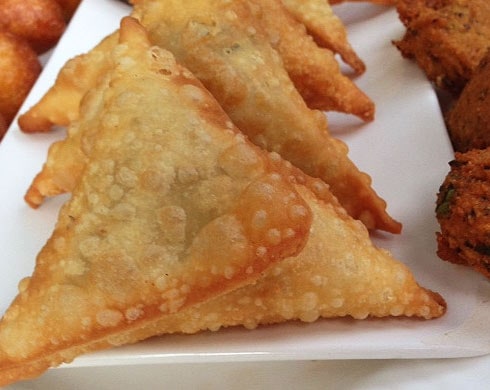
Sambusa is a popular snack made of triangular pastry filled with spiced meat or vegetables and then deep-fried or baked. Sambusa is often served during Iftar, the meal that breaks the fast during Ramadan.
Sambusa is more than just a delicious snack; it’s also a token of generosity and hospitality during Ramadan. Muslims share food and invite others to break their fast together; Sambusa is perfect.
It’s also a symbol of cultural diversity within the Muslim community that enjoys the snack in many different parts of the world.
6. Sadaqah
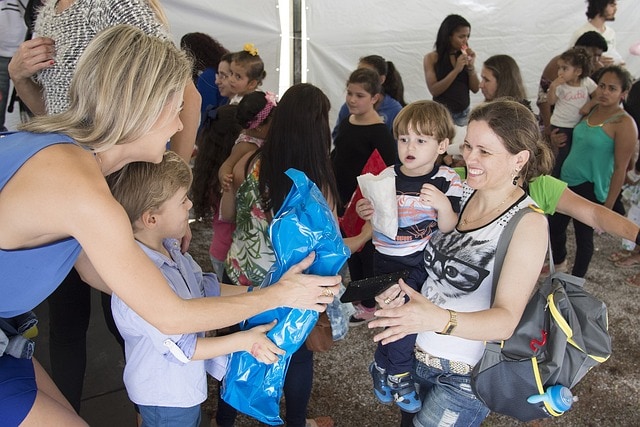
Ramadan is not only a month of fasting and reflection but also a time for generosity and compassion towards others. One of the most beautiful symbols of this holy month is Sadaqah, a voluntary charity that represents the giving nature of humanity.
Sadaqah is not just about giving to those in need but doing so out of kindness and compassion, without expecting anything in return. This charity can come in many forms, such as providing food, aiding those in poverty, or supporting charitable organizations.
Through Sadaqah, we are reminded of the importance of giving back to society and helping those who are less fortunate.
7. A Crescent Moon and a Star
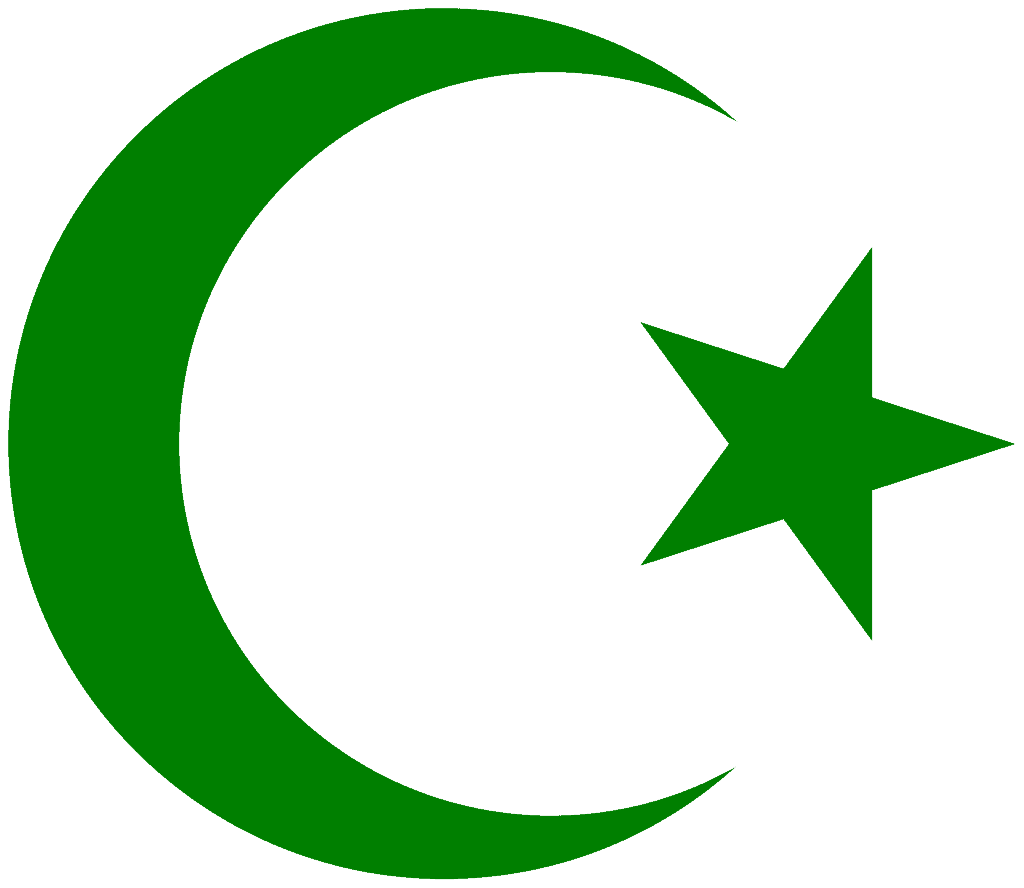
The crescent moon and star symbol of Ramadan shine bright and proud as a symbol of Islamic faith and identity. Adorned on flags of many Muslim nations worldwide, this symbol holds a special place in the hearts of Muslims globally.
During Ramadan, the sighting of the crescent moon signifies the start of a month-long spiritual journey, bringing a sense of togetherness and shared experience. As Muslims worldwide observe Ramadan’s holy month, the crescent moon and star serve as a reminder of the profound spiritual significance of this time, inspiring a sense of wonder and reverence for the divine.
8. Quran
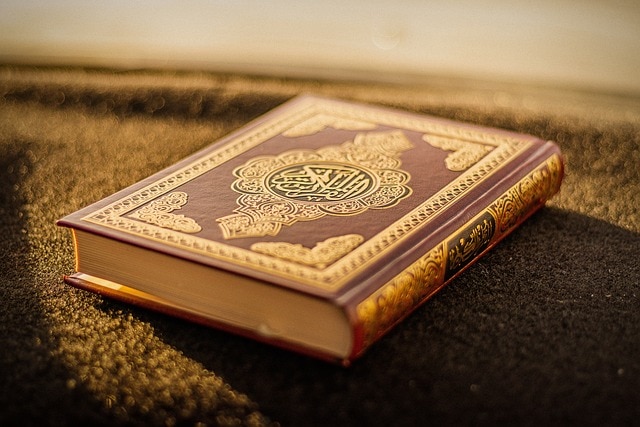
The Quran is the ultimate symbol of Ramadan, so universal to all Muslims around the world. It’s the holy book of Islam, containing the teachings and guidance of Allah as revealed to the Prophet Muhammad.
During Ramadan, many Muslims study the Quran, aiming to complete the recitation of the entire book. The Quran is a source of spiritual guidance for Muslims, with its teachings serving as a reminder of the importance of belief, compassion, and justice.
9. Qatayef
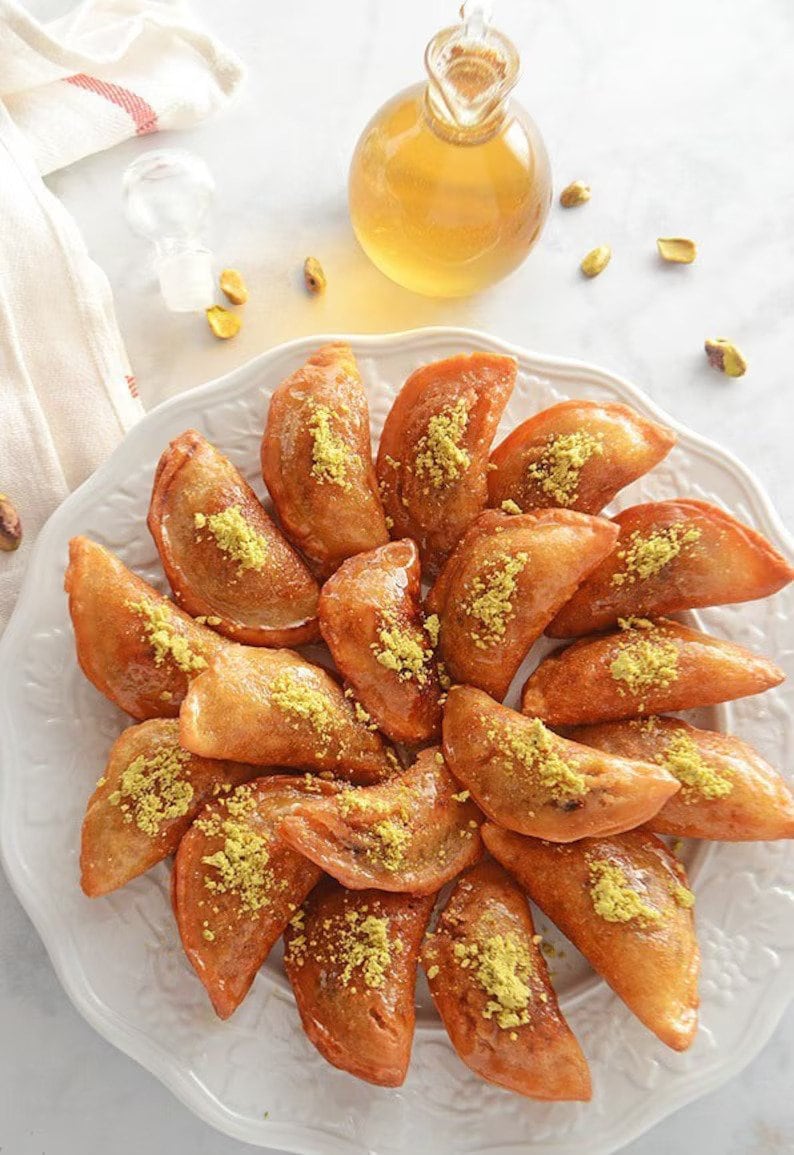
Qatayef, a delectable dessert, is an integral symbol of Ramadan that fills Muslims worldwide with joy and anticipation. These delicate pancake-like pastries are filled with nuts, cheese, or cream, and can be fried, baked, or folded to create a mouth-watering treat.
As a beloved staple of the Iftar meal, the tradition of serving qatayef dates back centuries and is still a cherished part of Ramadan celebrations today. The beauty of qatayef is its diversity; each culture puts its own unique twist on the recipe, showcasing the richness of Muslim heritage and the many flavors of the world.
10. Prayer Rug
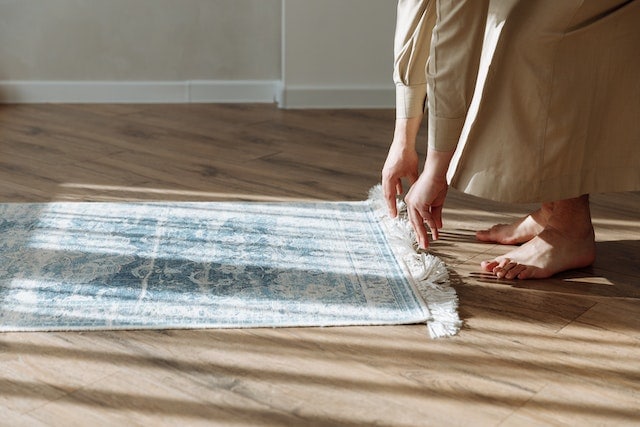
A prayer rug is a small rug or mat used by Muslims during their daily prayers decorated with intricate patterns and designs. During Ramadan, many Muslims try to pray more frequently, and the prayer rug serves as a reminder of the importance of prayer and devotion during this holy month.
The prayer rug is also a symbol of unity and togetherness central to the practice of Ramadan. Muslims are encouraged to pray together in the mosque or with their families at home, and the prayer rug serves as a way of marking out a sacred space for prayer, no matter where a person may be.
11. Prayer (Salah)
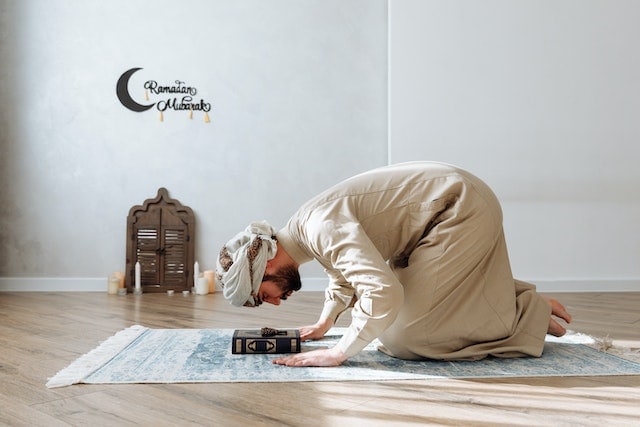
Salah or prayer is a sacred symbol of Ramadan that embodies the spiritual essence of Islam. As one of the Five Pillars of Islam, prayer is a fundamental act of worship that Muslims perform five times a day.
During the holy month of Ramadan, Muslims are encouraged to increase their devotion and connect more deeply with Allah, often through additional prayer sessions. Facing the Kaaba in Mecca, Muslims around the world unite in prayer, transcending geographical and cultural boundaries.
Prayer during Ramadan is a powerful symbol of faith, unity, and devotion, bringing together millions of Muslims worldwide in a shared spiritual experience.
12. Niyyah
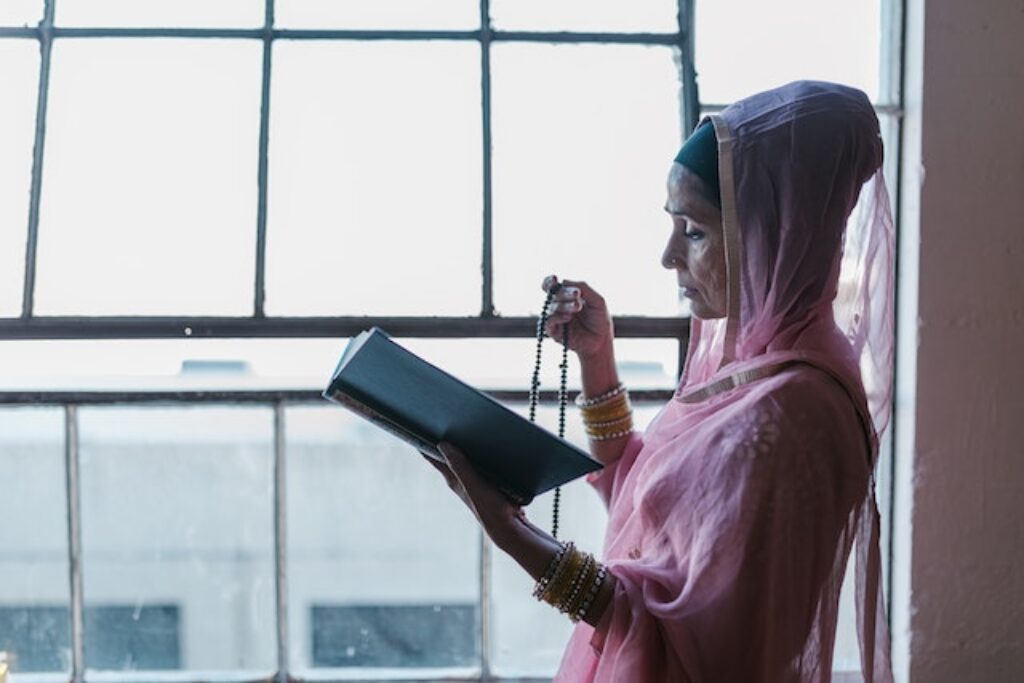
Niyyah is the essence of intention in Islamic worship, adding depth and purpose to every act of devotion. It is the conscious decision to perform an act of worship for the sake of Allah, and it is considered an integral aspect of Islamic spirituality.
Niyyah brings a sense of mindfulness and sincerity to every action, allowing Muslims to focus on their spiritual aspirations and goals. During Ramadan, Niyyah plays a crucial role in the observance of fasting and other religious rituals.
With every intention, Muslims renew their commitment to their faith, and this symbolic act of devotion becomes a powerful force that brings them closer to Allah.
13. Mosque
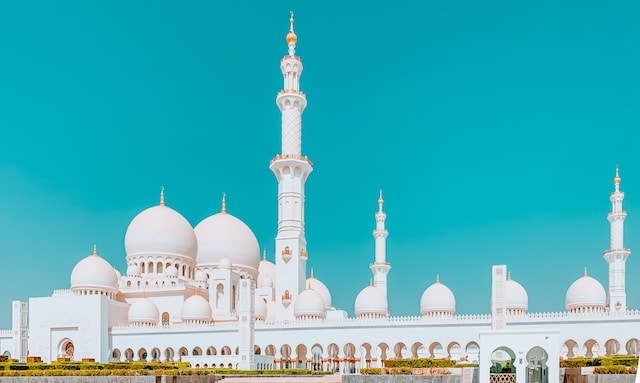
Mosques are the places where Muslims gather to pray, study the Quran, and seek spiritual guidance. During Ramadan, mosques become even more important, as Muslims come together to perform Taraweeh prayers and break their fast together during Iftar.
The community aspect of mosques is very important because it symbolizes the coming together to worship and seek guidance. This is why mosques are important for strengthening bonds of faith that unite Muslims worldwide.
14. Lantern
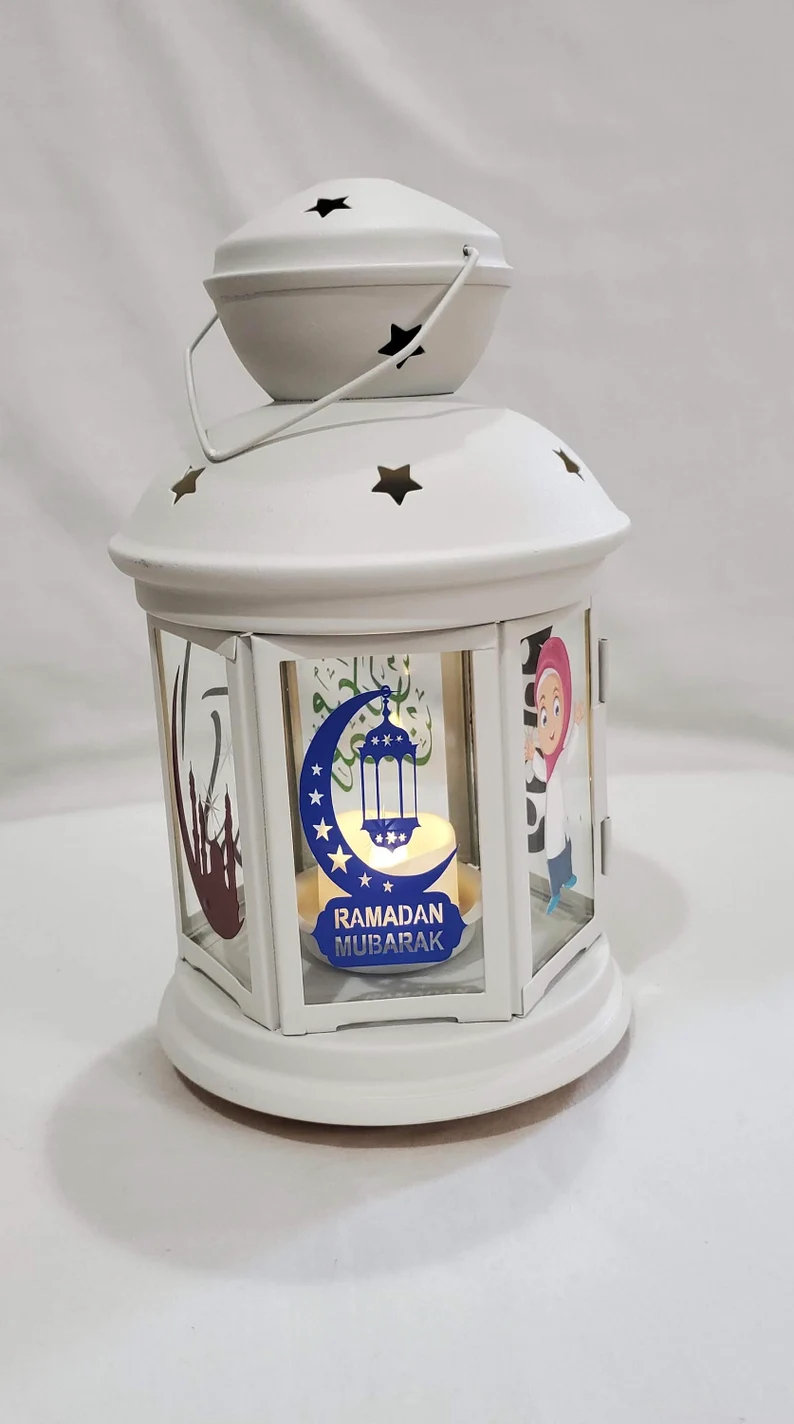
Fanous, also known as Ramadan lanterns, are a charming symbol of Ramadan, adding to the vibrant ambiance of the holy month. From traditional designs to modern interpretations, Fanous can be found in homes, streets, and public spaces, illuminating the darkness with their warm glow.
Besides their aesthetic value, Fanous reminds Muslims of the generosity and hospitality that are central to Ramadan, as they symbolize the act of sharing light and inviting others to break the fast together.
In this way, Fanous represents the community spirit and togetherness that characterizes Ramadan, making it a beloved and cherished symbol of the holy month.
15. Kaffarah
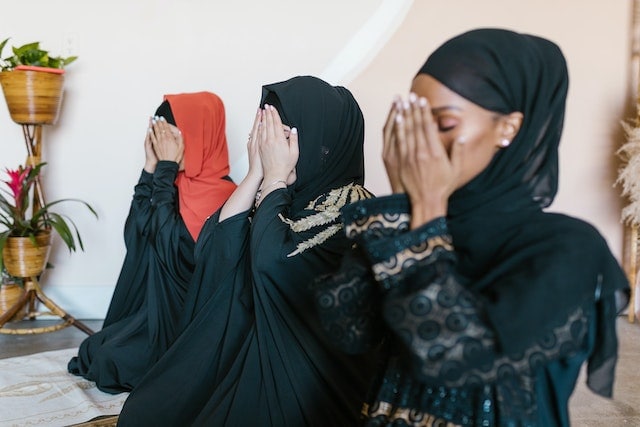
Kaffarah, the act of expiation, is a powerful symbol of repentance and redemption in the month of Ramadan. It’s a reminder of the importance of self-discipline and accountability in one’s spiritual journey.
When someone breaks their fast during Ramadan, Kaffarah is a way to make things right, whether it’s through fasting for 60 days or feeding those in need. This act of penance serves as a way to purify the soul and renew one’s commitment to their faith.
Through Kaffarah, Muslims seek forgiveness and strive to be better versions of themselves, both spiritually and morally.
16. Kaaba
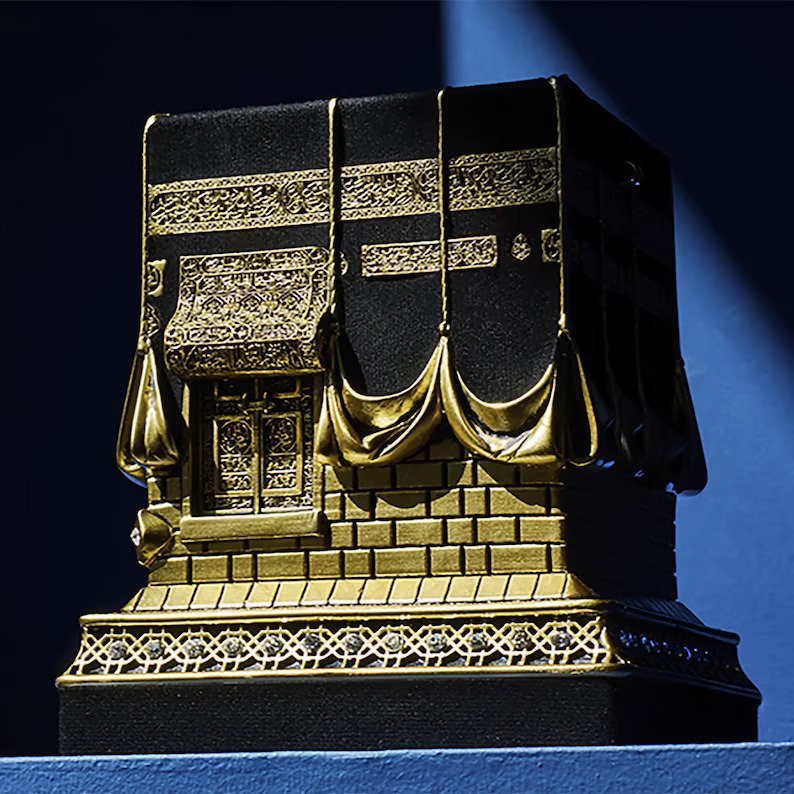
The Kaaba is a sacred building in Mecca, Saudi Arabia, and is the direction towards which Muslims face during their daily prayers. During Ramadan, millions of Muslims worldwide flock to Mecca to perform Umrah or Hajj and circumambulate the Kaaba in a special ritual called Tawaf.
The Kaaba is a powerful symbol of unity and togetherness central to Ramadan. Muslims from all over the world make the trip to Mecca to perform the Tawaf together. The experience of standing before the Kaaba is a powerful and a life-changing experience for many Muslims.
17. Itikaf
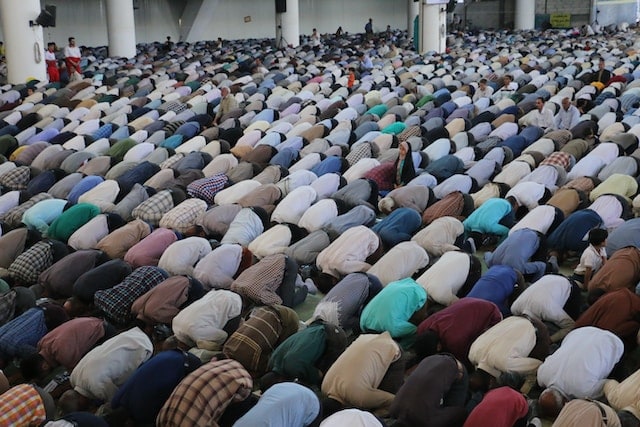
Itikaf is a spiritual retreat that involves spending a period in seclusion and devoting oneself to prayer and reflection. During Itikaf, Muslims stay in a mosque or other designated area and focus on their relationship with Allah.
Itikaf allows Muslims to take a break from the distractions of daily life and focus on their inner selves, seeking Allah’s guidance and forgiveness. Itikaf is also seen as a way of deepening one’s faith and gaining a greater understanding of the teachings of Islam.
18. Imsak
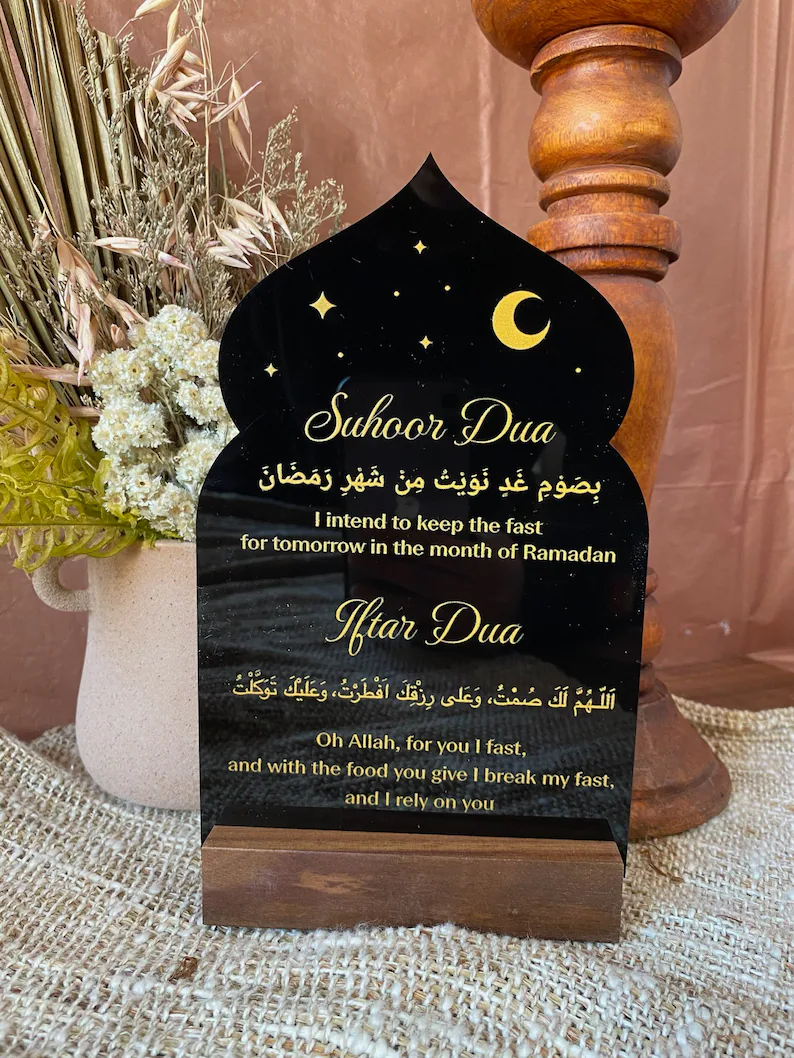
Imsak is a time just before dawn when Muslims must stop eating and drinking in preparation for the day’s fast. Imsak is often announced by the call to prayer, signaling the start of another day of fasting. Imsak serves as a reminder of the discipline and self-control central to the practice of Ramadan.
Muslims are encouraged to focus on their spiritual growth and development during the holy month, and abstain from eating and drinking during the day. Many Muslims believe that Imsak heals one’s soul and strengthens one’s faith.
Ultimately, Imsak serves as a powerful symbol of the faith and devotion that underlie the practice of Ramadan for millions of Muslims worldwide.
19. Iftar
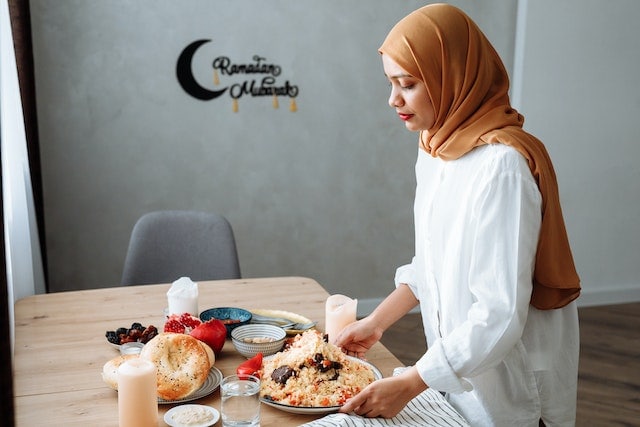
As the sun sets, Muslims eagerly wait for the call to prayer that signals the end of their daily fast during Ramadan. This moment is known as Iftar, a time of joy, gratitude, and communal bonding.
The first bite of food, typically a date, is said to be particularly sweet, and the atmosphere is filled with the aroma of delicious traditional dishes prepared for the occasion. Sharing food with family, friends, and the needy is a crucial part of Iftar, fostering a sense of unity and generosity within the community.
It’s a time to reflect on the day’s fast, renew one’s spiritual energy, and strengthen the bonds of brotherhood and sisterhood.
20. Fidyah
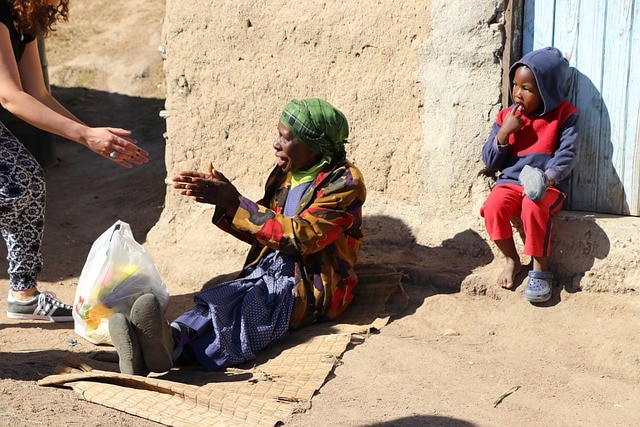
During Ramadan, fasting is mandatory for most healthy adult Muslims. However, some people may be unable to fast due to health reasons or other circumstances beyond their control.
In such cases, Fidyah comes into play, which is a way for individuals to make up for the missed fasts by giving food or money to those in need. Fidyah reflects the spirit of compassion and generosity that is at the heart of Ramadan.
By offering Fidyah, Muslims can extend a helping hand to those who are struggling, spreading love and kindness in the community.
The Origins of Ramadan
Ramadan is a month-long observance in the Islamic faith that holds a significant place in the hearts of Muslims worldwide. The roots of Ramadan can be traced back to 610 CE when Prophet Muhammad received his first revelation from Allah.
Legend has it that the angel Jibril appeared to him during this month and revealed the first verses of the Quran to him, a holy text that would become the cornerstone of the Islamic faith. This event is known as the Night of Power or Laylat al-Qadr, and it is believed to be one of the most important nights in Islamic history.
Fasting during Ramadan is a way for Muslims to express devotion to Allah, honor the revelation of the Quran, and practice self-discipline. By abstaining from food and drink during the daylight hours, Muslims learn to develop self-control, patience, and empathy for those who are less fortunate.
Fasting also serves as a reminder of the importance of compassion and generosity towards others, particularly those who are struggling. Overall, Ramadan is a time for spiritual reflection, renewal, and connection with Allah.
FAQs about Ramadan
Ramadan is the ninth month of the Islamic calendar and a time of fasting, prayer, reflection, and community for Muslims worldwide.
The purpose of Ramadan is to honor the revelation of the Quran to the Prophet Muhammad and to develop self-discipline, empathy, and spiritual growth through fasting, prayer, and acts of charity.
Fasting during Ramadan requires abstaining from food, drink, smoking, and sexual activity from sunrise to sunset. Exceptions are made for individuals who are ill, traveling, menstruating, or pregnant.
Non-Muslims are welcome to participate in Ramadan activities and events, but fasting is reserved for those who follow the Islamic faith.
Muslims typically break their fast with dates and water, followed by a meal called Iftar, which can vary from simple to elaborate and is often shared with family and friends.
Wrapping Up
The symbols of Ramadan weave together a rich story of various cultures and traditions coming together to celebrate. These symbols serve as a bridge, connecting diverse Muslim communities worldwide and reinforcing the core tenets of faith, devotion, and unity.
As we ponder on the significance of these symbols, we gain a deeper understanding of the spiritual journey of millions during Ramadan. We celebrate the remarkable traditions that enrich the lives of believers and strengthen the bonds of the global Muslim community.
Similar article:
20 Profound Symbols of Celebration and Their Meanings
19 Powerful Chinese Symbols of Wealth and What They Mean

